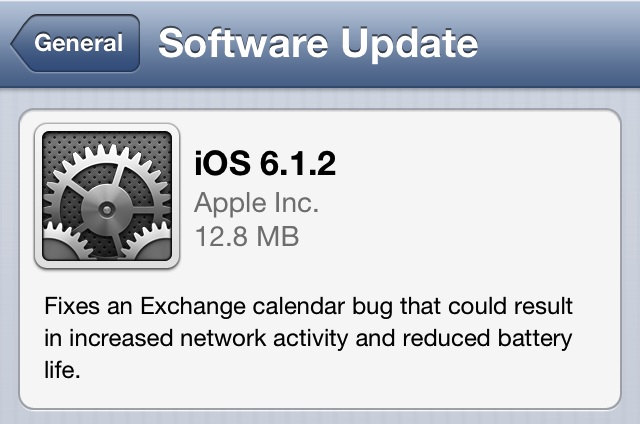Création des Logiciels de gestion d'Entreprise, Création et référencement des sites web, Réseaux et Maintenance, Conception




Création des Logiciels de gestion d'Entreprise, Création et référencement des sites web, Réseaux et Maintenance, Conception




~/Library/Application Support/iPhone Simulator/User/Library/Caches/com.apple.WebAppCache/ApplicationCache.db
$ sqlite3 ApplicationCache.db
SQLite version 3.4.0
Enter ".help" for instructions
sqlite> .mode column
sqlite> .headers on
sqlite> .tables
CacheEntries CacheResourceData CacheWhitelistURLs FallbackURLs
CacheGroups CacheResources Caches SchemaVersion
sqlite> select * from CacheGroups;
id manifestHostHash manifestURL newestCache
---------- ---------------- ------------------------------------------------- -----------
1 906983082 http://mail.google.com/mail/s/?v=ma&name=sm 1
sqlite> select * from Caches;
id cacheGroup
---------- ----------
1 1
sqlite> select * from CacheEntries limit 1;
cache type resource
---------- ---------- ----------
1 2 1
sqlite> select * from CacheResources where id=1;
id url statusCode responseURL
---------- ------------------------------------------- ---------- -----------------------
1 http://mail.google.com/mail/s/?v=ma&name=sm 200 http://mail.google.c...
mimeType textEncodingName headers data
------------------- ---------------- --------------
text/cache-manifest utf-8
sqlite> select type,url,mimeType,statusCode from CacheEntries,CacheResources where resource=id;
type url mimeType statusCode
---------- ---------------------------------------------- ------------------- ----------
2 http://mail.google.com/mail/s/?v=ma&name=sm text/cache-manifest 200
4 http://mail.google.com/mail/images/xls.gif image/gif 200
4 http://mail.google.com/mail/images/pdf.gif image/gif 200
4 http://mail.google.com/mail/images/ppt.gif image/gif 200
4 http://mail.google.com/mail/images/sound.gif image/gif 200
4 http://mail.google.com/mail/images/doc.gif image/gif 200
4 http://mail.google.com/mail/images/graphic.gif image/gif 200
1 http://mail.google.com/mail/s text/html 200
4 http://mail.google.com/mail/images/generic.gif image/gif 200
4 http://mail.google.com/mail/images/zip.gif image/gif 200
4 http://mail.google.com/mail/images/html2.gif image/gif 200
4 http://mail.google.com/mail/images/txt.gif image/gif 200
CACHE MANIFEST
# version: 3f1b9s84
jsfile1.js
... other URLs ...
CACHE MANIFEST
jsfile1.js
NETWORK:
/images/
FALLBACK:
/thumbnails/ images/missing_thumb.jpg
if (window.applicationCache.status == 0) {
// Page was loaded from the Network.
} else {
// Page was loaded from AppCache
}
CACHE MANIFEST
jsfile1.js
jsfile2.js
styles.css
/images/image1.png
/images/image2.png<html manifest="/sitemanifest">
